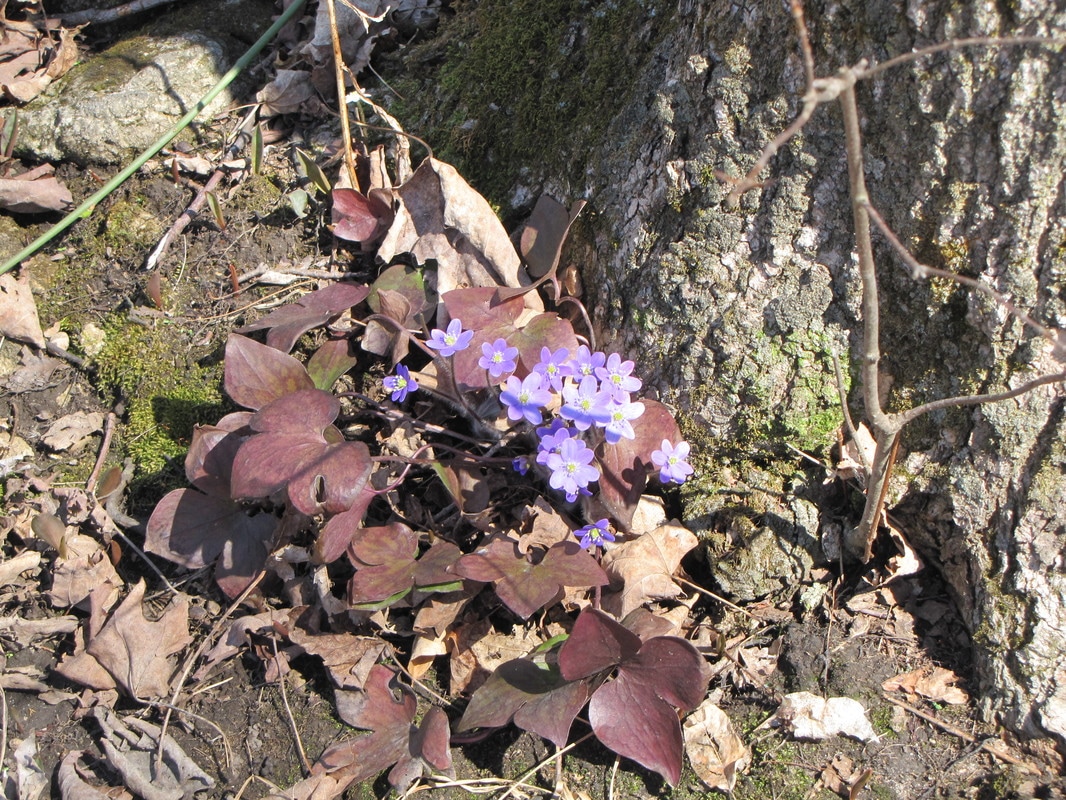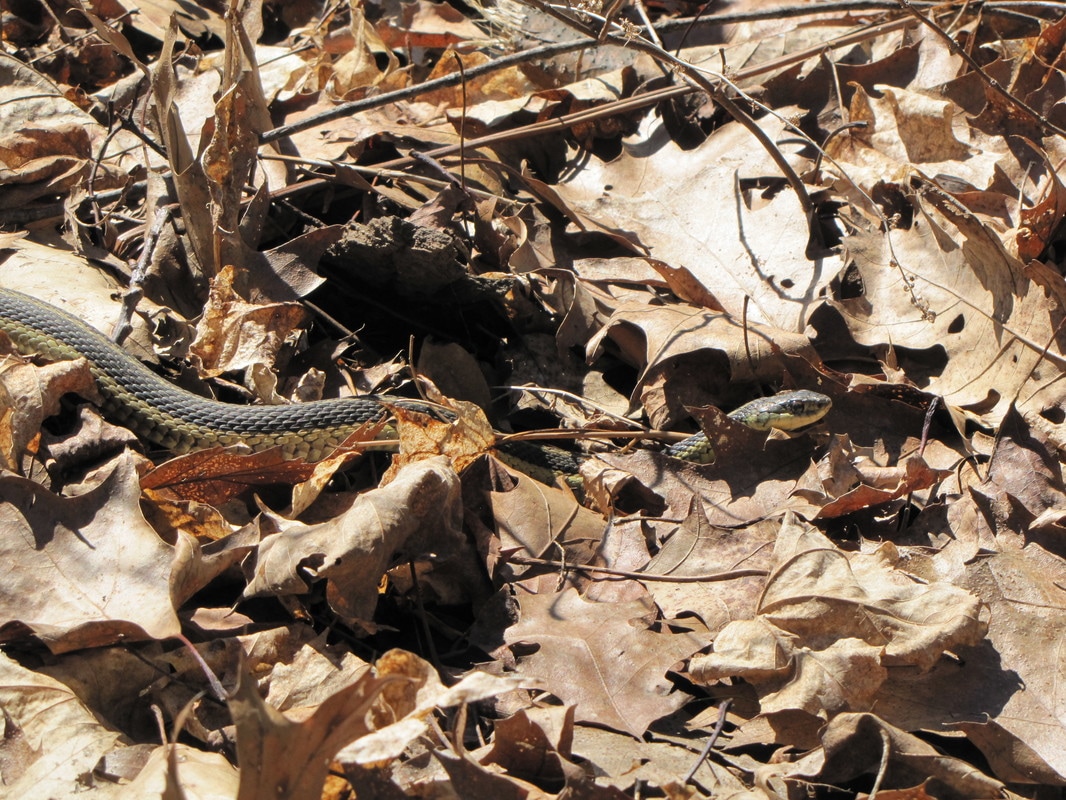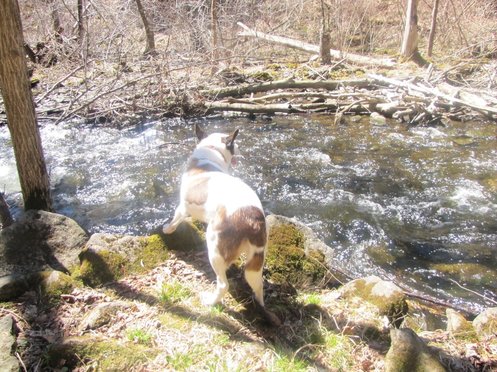|
By Patrick Schaefer As a child, my parents took me and my sister to a Conservation Authority park almost every weekend. My favourites were Mountsberg, Hilton Falls and Crawford Lake. These parks are in the vicinity of the Niagara Escarpment. They support high levels of biodiversity and contain a range of natural features like streams, lakes, wetlands and forest habitats. These are still my favourite parks to this day. Parks Canada is celebrating Canada’s 150th birthday by giving free admission to national parks in 2017. But let’s take a minute to learn about Conservation Authorities (CA). They are another type of organization that protects natural spaces and engages people with nature. You may have missed it, but 2016 marked 70 years of CAs protecting Ontario’s Biodiversity. A total of 36 CAs operate in Ontario. They provide programs and services to 90% of Ontario’s population. Conservation Authorities are non-profit organizations. They operate with a board of directors appointed by municipalities within their jurisdictions. The 1946 Conservation Authorities Act mandates that CAs manage water, land and natural resources. They do this through restoration, management and conservation actions. The 1920s and 30s was a peak time of extensive deforestation, soil loss and widespread degradation of natural resources. CAs were created in response to this poor land and resource management. In 1954 Hurricane Hazel dropped ~280mm of rain on southern Ontario. Combined with winds of >100km/hr, this event resulted in 81 deaths and $25 million dollars in damages. Today that would be equal to over $250 million. After review, the Conservation Authority Act was amended in 1959 to include protecting people and property from flooding. Most people may be familiar with CAs for their local parks. They serve to protect natural areas and act as a resource for education and recreation for the public. Ontario’s CAs own and protect nearly 150,000 hectares of our natural and cultural heritage areas. In addition, CAs play a major role in restoration efforts. In 2012 they collectively planted more than 3 million trees, provided $8.4 million for water quality improvement projects. These projects were related to erosion control and agricultural best management practices. They also carry out restoration and rehabilitation of aquatic and terrestrial habitats. But CAs are about much more than land protection. CAs manage $2.7 billion dollars in flood control and prevention infrastructure. Prevention infrastructure can include dams, dykes, channels and erosion control structures. These structures and activities save roughly $100 million dollars annually in preventing flood damage and loss of life! Conservation Authorities also play an important role in monitoring healthy ecosystems. In partnership with provincial agencies, CAs track surface and groundwater across Ontario. They monitor aquatic ecosystems by assessing fish and aquatic insect communities. Biological monitoring occurs at more than 1000 sites across the province. Since graduating with a M.Sc in 2014 I have worked at two Conservation Authorities conducting biological monitoring. Contributing to the preservation of natural spaces and conservation of biodiversity has been an incredibly rewarding experience. With the money you are saving from free admission to Parks Canada this year, consider visiting some parks at your local CA. It will support the many great programs and services they offer. There are also many opportunities to get involved. Most CAs offer volunteer opportunities in restoration and monitoring projects. To learn more, check out the Conservation Ontario website and your local CA.
0 Comments
|
ELB MembersBlogs are written by ELB members who want to share their stories about Ontario's biodiversity. Archives
January 2023
Categories
All
|







 RSS Feed
RSS Feed